For many O5 retirees, the decision of whether or not to enroll in SBP can be a difficult one. On the one hand, it is a government-sponsored program that offers some security and peace of mind. On the other hand, it can be expensive and there are better alternatives available in the private sector.
In this excerpt from our Lieutenant Colonel Retired Pay & SBP Alternative Guide, we will explore the pros and cons of SBP and discuss some of the alternatives that are available to you.
You are likely to have spent the last year concerned about your upcoming military retirement and were a little surprised to learn that your pension is worth a lot more than you realized.
As in millions of dollars worth of a future income stream, otherwise known in the financial world as an annuity. An insurance-based asset class.
You want to make sure your valuable pension is protected for your spouse and family if something happens to you, but the government survivor benefit plan is too costly, doesn’t offer much flexibility, and only pays a return on investment if just one of many possible outcomes occurs.
Those are not good odds.
And you were dismayed to learn of the high cost involved to protect your retirement pay. You did the quick math and realized you will likely need to pay close to $165,000K for the government survivor benefit plan without any guarantee of a return on that investment. And $2700 a month to your spouse if you do get hit by a bus, isn’t going to be that helpful.
Most of your colleagues that you’ve spoken to are going to go along with SBP. They pulled up their trusty spreadsheets and assumed a lot of variables to justify the need. Or they simply didn’t have time or the interest to look into it and preferred to accept the status quo of military pay and benefits that they’ve become accustomed to.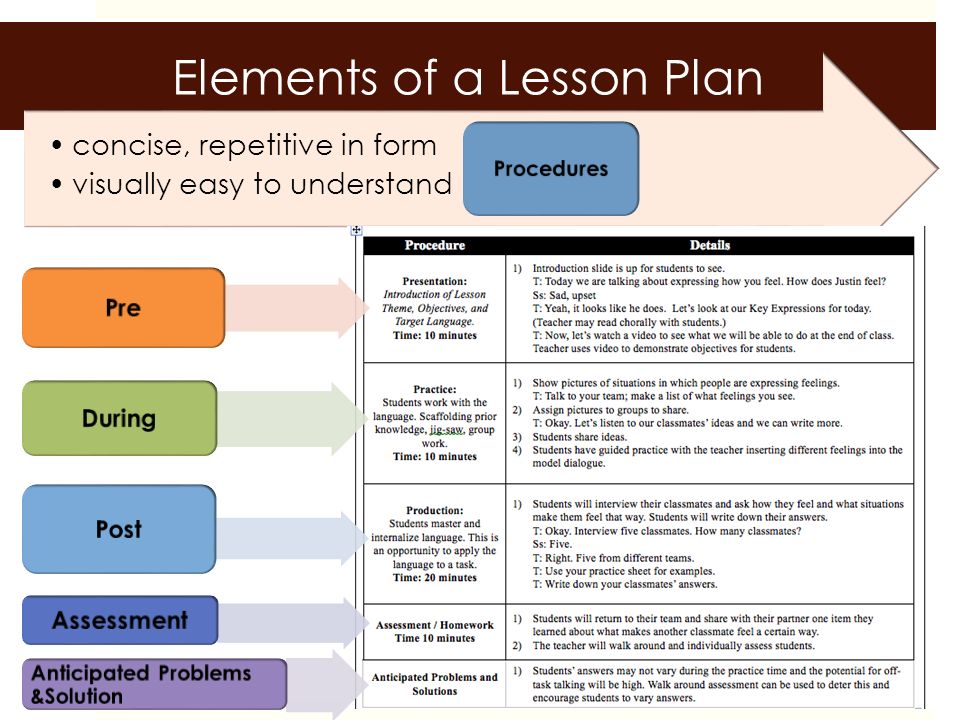
But for you… something just doesn’t feel right, does it? There is no way you would have found this white paper if it did.
Before we get into why the Military Pension Protection SystemTM is the better and more equitable approach, we need to point out that there are other mistakes that retiring lieutenant colonels make when trying to solve this problem with standard life insurance. It doesn’t work and will backfire likely at the moment you need it most.
The bottom line is this, the government is charging military families hundreds of dollars a month for a program that may not even be the best option for them. And standard life insurance advice is either too cheap, and meant to cover short-term problems, or too expensive and meant to create an estate plan you don’t need.
You will learn more about the problems with SBP, VGLI, Term & Whole Life insurance and then we will introduce the options that are now accessible to you only through US VetWealth.
I have worked closely with hundreds of military retirees for well over a decade helping them learn more about the proper value of their retirement pay.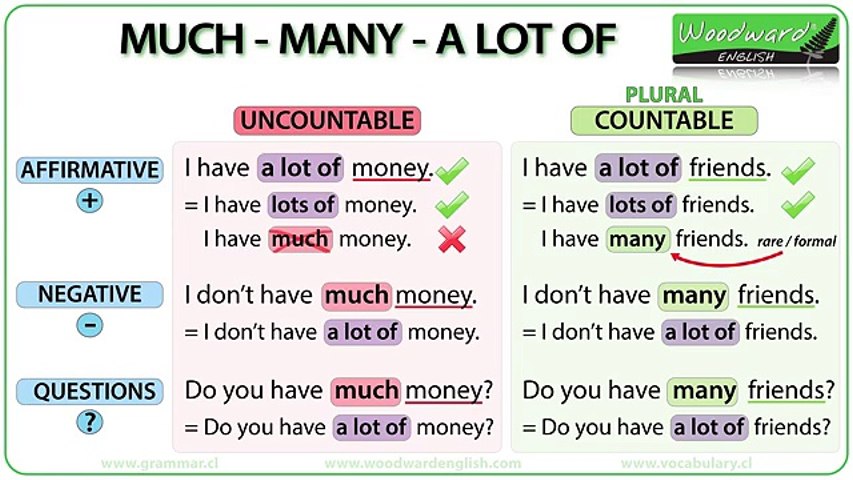 I have also found a pattern of missed opportunities that are made due to simple avoidable mistakes. We will start with a story about a Lt. Colonel who we helped make a few strategic adjustments that greatly enhanced his post-military time, talent, and treasure.
I have also found a pattern of missed opportunities that are made due to simple avoidable mistakes. We will start with a story about a Lt. Colonel who we helped make a few strategic adjustments that greatly enhanced his post-military time, talent, and treasure.
Lt. Colonel Rick Howard is a newly pinned O-5 who plans on completing his next 3-year tour to lock in the O-5 HIGH-3 retirement pay rating, then he is dropping his papers to retire at 20 years. Statistically speaking, at 40 Rick is still young, and he is in decent shape even though he’s been stuck at in staff jobs. He’s married, and he has three children ranging in age from three to eight.
He has done all the “right things” when it comes to traditional financial planning. He had term life insurance and had “invested the rest” in mutual funds and TSP. He also had several whole life policies, because of all the paid-up additions. Although these policies were no longer doing very much for him; they weren’t providing him much in terms of death benefits or cash value growth.
Although these policies were no longer doing very much for him; they weren’t providing him much in terms of death benefits or cash value growth.
Before Rick met us, because of his young family he was under the assumption he should take the SBP and VGLI, as this course had been recommended to him by multiple financial advisors he’s worked with in the past, some of who had zero knowledge of the armed forces benefits system and some who were retirees themselves.
While these “experts” only spoke about the worst-case scenario, Rick was more worried about not committing himself to pay at least $165,000 in premiums into these government plans without any potential for equity growth nor any guarantee of a paid benefit. He knows the more likely scenario is that he will be around for a long time with his family and would better use that money while living.
He came to us because he wanted a way to leverage that same $165,000 with an offensive strategy that offered income growth potential, but also helped pay for a low-cost defensive income protection plan just in case the highly unlikely premature death occurred.
Rick wanted to have at least $2.0 million in a death benefit, which correlated to the full present value of his estimated Lt Colonel stipend.
The bulk of the death benefits ($1,500,000) we set up as a low-cost temporary foundational insurance plan with the opportunity to convert growing amounts of that money into offensive insurance as more funds become available.
We did this to keep Rick’s costs low, while he’s still young and healthy we were able to help him lock-in in a high permanent death benefit with a preferred rating that is guaranteed for his life, all while setting him up for the highest return on his investment.
For the offensive portion of designing his strategy, we used the remaining $500,000 death benefit using the Private Pension System designed exclusively at US VetWealth.
The goal with this portion of the plan is to reposition his existing cash value whole life insurance and create a window to redirect future cashflow and assets that otherwise would have remained taxable and gone to pay for the survivor benefit plan, VGLI premiums, or any other life insurance that wasn’t designed for a high probability of a return on investment.
1035 exchange is a provision in the tax code that allows you, as a policyholder, to transfer funds from life insurance, endowment, or annuity to a new policy, without having to pay taxes.
Rick was able to jumpstart the index-interest credits due to the tax-free 1035 exchange provision to move $18,000 from an old whole life policy with only a $125,000 death benefit into the new $500,000 offensive plan, more than tripling his benefit immediately without requiring he put down any additional investment to start.
Rick also wanted to “pre-fund” a privatized and offensive retirement pay protection plan using the same amount he would otherwise have been required to pay into the survivor benefit plan.
By funding it sooner, he’ll have more cash equity growing for him that he can access at any time for any reason In this case Rick has decided to contribute $16,500 per year ($1375/mn) to the new private pension account over the next 10 years. Which equals the same $165K he would have otherwise committed to paying for SBP.
Which equals the same $165K he would have otherwise committed to paying for SBP.
Rick is 40 years old, so by the time he reaches 50, he will not need to put another dime into the plan to guarantee lifetime protection while also creating an account that is worth at least the same $165,000 (more with index interest credits) that would have been sunken cost into the government SBP.
This interest earned on his private pension account is linked to the performance of the market, but his money is never at risk of loss because it is also insured by the carrier. If he gets just a 6% rate of return on the $18,000 from the 1035 whole life exchange, and from the $16,500 he invested annually, his liquid (accessible) account would already be worth $117,000 in just five years, at age 45.
By the time he’s in his early-sixties, that $183,000 ($18K from old whole life + $1375/mn for 10 years) in new contributions growing at just 6% (without risk) will provide him with a cash value of about $445,000 from which he can then take about $40,000 in an annual, tax-free private income (in addition to his retirement plan and whatever other income he might be earning) that he can access anytime he wants to.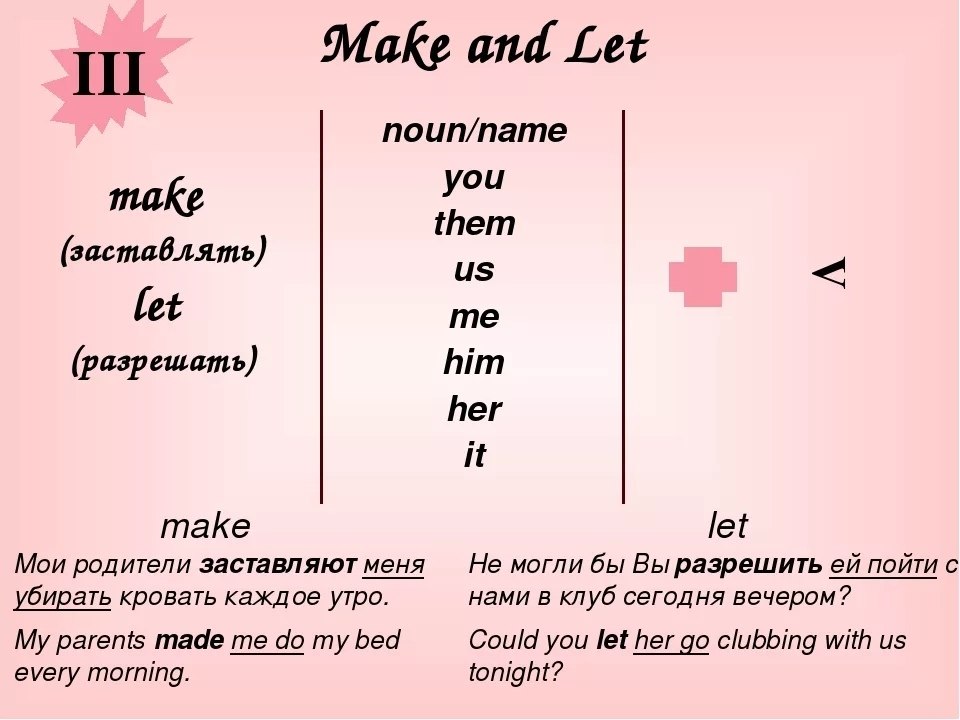
Rick’s military pension is roughly $58,000 a year. Since the $40,000 a year from his private pension insurance policy is tax-free, it doesn’t raise his tax bracket on his retired base pay nor must he pay any taxes on his private income.
All in all, by being relatively healthy and somewhat financially stable, not rich by any definition, Rick was able to use the private pension concept to redirect $165,000 of cost to SBP without a high probability of a return on investment into creating a tax-free and liquid asset worth three times that amount. That is nearly a $600,000 swing to his favor in just 20 years.
And he’s just one O-5 out of hundreds each year who have no idea they can do this. Imagine the potential wealth being squandered away from so many retired officers’ bank accounts and sent right back to the authorities.
What Rick realized that the other’s have not is that when it comes to HIS money and benefits, he needed to stop following orders, stop relying on the standard advice for the average military, and recognize he was going to become a post-military high-income earner and focus his efforts on becoming an Independent Income Investor who is focused on increasing his time, talent & treasure.
At US VetWealth we believe that the idea that your money is YOUR MONEY is something that’s unfortunately lost on a lot of people. Uncle Sam believes that it has a claim on around 30-40% of that money or more.
Investment advisors6 and brokerage firms consider your money to be part of their assets under their management and the basis for which they charge fees to grow their own wealth.
The person that gets left behind in the traditional financial equation is the person out of whose bank account that money originates. Your money is and always should be considered to be yours to use however you like.
After 20 years of service or more as an officer, you have been excited to earn the benefits you’ve earned beyond your basic pay and additional benefits that make up your total compensation.
Thank you for reading our blog post on the high cost of SBP for lieutenant colonels, commanders, and their families. We hope that you will download our free guide to understanding your retirement options and schedule a free consultation with one of our experts to see if a private pension is a better approach for you.
By Mariel Loveland Updated June 09, 2020
Lieutenant colonels (LTCs) are an essential part of the U.S. Army. These field-grade military officers don’t just lead a squad or a platoon. They lead an entire battalion, which typically includes around 300 to 1,000 soldiers. As a result, they’re well-compensated for their work, but this isn’t a career you can jump into immediately. It takes years of training, which is reflected in a lieutenant colonel’s salary.
Lieutenant colonels are found all across the armed forces. There are lieutenant colonels in the Marines and Air Force, and in the Navy, the equivalent rank is commander. Although the basic pay rate is similar across the board because it’s established by the National Defense Authorization Act, those in this position see more than just a base salary. The overall compensation is calculated by adding a number of factors.
Lieutenant colonels in the U. S. Army make an average total salary of $95,085.05 to $143,548 per year.
S. Army make an average total salary of $95,085.05 to $143,548 per year.
A lieutenant colonel is a senior commissioned officer ranking above a major and directly below a colonel. According to FederalPay.org, LTCs are tasked with leading a battalion of between 300 to 1,000 people and have final authority on everything that occurs within the battalion.
Depending on prior training and education, some LTC Army officers may work as physicians or attorneys, while others take on more traditional military occupational roles, such as engineering, aviation, law enforcement or intelligence. Some LTC Army officers also serve as executive officers or staff officers at high-level posts.
Lieutenant colonels are designated as an O-5 grade position, which means that it’s the fifth step on the Department of Defense’s commissioned officer pay scale. This doesn’t change, regardless of the particular branch of the armed forces. A lieutenant colonel in the Army makes the same as a lieutenant colonel in the Marines and the same as a commander in the Navy.
This doesn’t change, regardless of the particular branch of the armed forces. A lieutenant colonel in the Army makes the same as a lieutenant colonel in the Marines and the same as a commander in the Navy.
On average, a lieutenant colonel salary is between $95,085.05 to $143,548 per year, according to Military-Ranks.org. This figure includes the following additional compensation:
A bachelor’s degree is a requirement, whether you want to become an LTC Army officer or a lieutenant colonel Marine.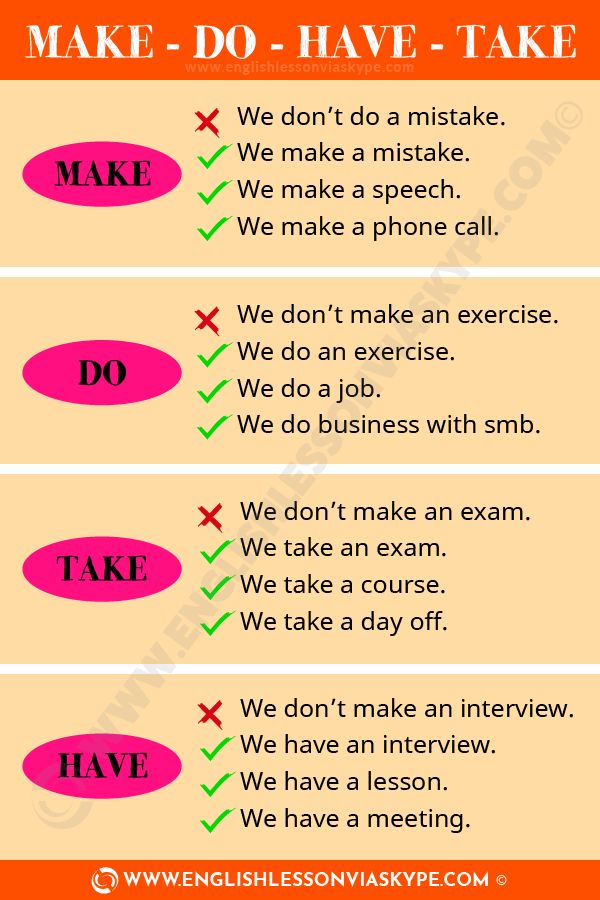 The U.S. Army recommends undergraduates attend either:
The U.S. Army recommends undergraduates attend either:
After completing this type of education, students graduate as second lieutenants and can advance to a lieutenant colonel from there. Hopeful officers who complete a four-year college degree without military-specific training must attend Officer Candidate School (OCS). In addition, highly educated professionals in fields like law, medicine, or religion may be directly appointed as officers and rise in the ranks like everyone else.
Lieutenant colonel is a rank a person earns. It often takes 16 to 22 years serving in the armed forces to reach this rank. Most often, LTC Army officers gain their rank after being promoted from the rank of major. Particularly well-trained, experienced officers or those who show immense leadership skills can be promoted from lower ranks.
The lieutenant colonel salary increases with time, with an average base pay projection being:
These figures do not include additional compensation, which results in salaries topping out at an average of $143,548 per year.
References
Writer Bio
Mariel Loveland is a freelance writer from New Jersey. Her work has been featured in publications like Business Insider, Vice, and Billboard.
According to the law, a military man who has retired receives a monthly allowance from the state.
Svetlana Fateeva
dealt with military pensions
Author profile
Military people retire not by age, but by seniority or disability, if they received it in the service. And their relatives - in connection with the loss of a breadwinner. The pension is assigned to military personnel who served in the internal affairs bodies, employees of the Russian Guard, the Ministry of Emergency Situations, the Ministry of Internal Affairs, the FSB, the FSIN. They can receive it when they leave military service. If a military man left the service and got a job as a civilian, then the right to an insurance pension will also appear.
The amount of the pension depends on the position and rank of the military, length of service and allowances. In the article I will tell you how to apply for a military pension, how it is calculated and what are the allowances.
Military pensions are described by laws that contain more than a hundred pages. In this article, I gave a constructor: what payments make up a military pension. For convenience, there are links to articles of the law in the margins, so if you want to know in detail, you can go there and read. Each particular case of calculating a pension has its own subtleties that will affect its size. Therefore, in order to accurately calculate your pension, it is better to consult with the pension authority of the law enforcement agency in which you served.
In this article, I gave a constructor: what payments make up a military pension. For convenience, there are links to articles of the law in the margins, so if you want to know in detail, you can go there and read. Each particular case of calculating a pension has its own subtleties that will affect its size. Therefore, in order to accurately calculate your pension, it is better to consult with the pension authority of the law enforcement agency in which you served.
When a soldier reaches a certain level of service, he is awarded a service pension.
Conditions for granting a pension. By law, a seniority pension is due to the military if:
Art.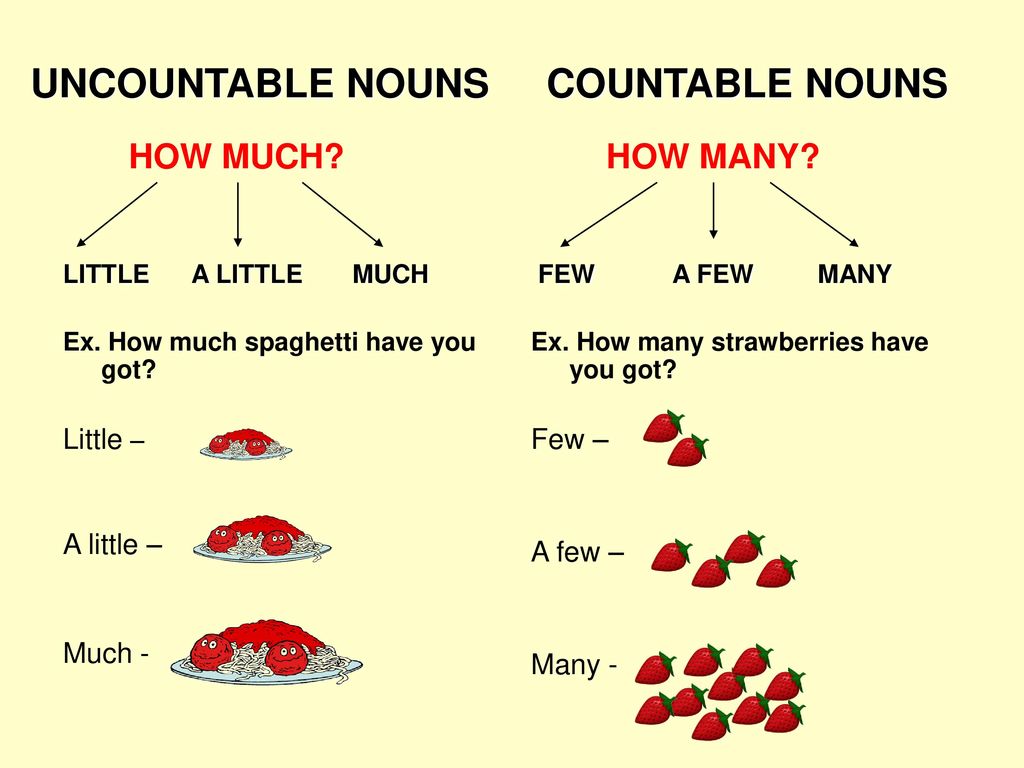 13 of the law on pensions for persons who have completed military service
13 of the law on pensions for persons who have completed military service
According to military experience. Military experience, for example, includes:
st. 18 of the law on pensions for persons who have completed military service
Officers and military commanders are credited with up to 5 years of study before entering the service. One year of study will be equal to 6 months of service. For example, if a military man studied for 5 years, he will be credited with 2.5 years of service.
One year of study will be equal to 6 months of service. For example, if a military man studied for 5 years, he will be credited with 2.5 years of service.
Service in special conditions is included in the length of service on a preferential basis. This means that periods of service will be included in the length of service in longer periods than the calendar period. For example, for service in countries that fought hostilities, a month is counted as two.
Decree of the Government of the Russian Federation of September 22, 1993 No. 941 - on preferential calculation
Special conditions also include, for example, service in the regions of the Far North, in positions associated with increased danger to life and health.
When the pension will be granted. A military man submits documents for a seniority pension - and they are checked. The pension will be assigned within 10 days from the day of dismissal - but not earlier than the day before which the monetary allowance was paid upon dismissal. If you delay in applying for a pension, it will be assigned retroactively from the day when the right to it arose. You can receive payments up to 12 months before the day of application.
If you delay in applying for a pension, it will be assigned retroactively from the day when the right to it arose. You can receive payments up to 12 months before the day of application.
Art. 53 of the law on pensions for persons who have completed military service
The amount of pension for service depends on several factors:
For military personnel with 20 years of service, the pension will be 50% of the monetary allowance. For each next year of service, 3% will be added, but in total the percentage of monetary allowance cannot be more than 85%.
Art. 14 of the law on pensions for persons who have completed military service
For example, a military man has served 20 years. His monetary allowance is 42,000 R. The pension will be set at 50% of the monetary allowance - 21,000 R, but due to the reduction factor on hand, the military will receive less - I will talk about this in detail in another section.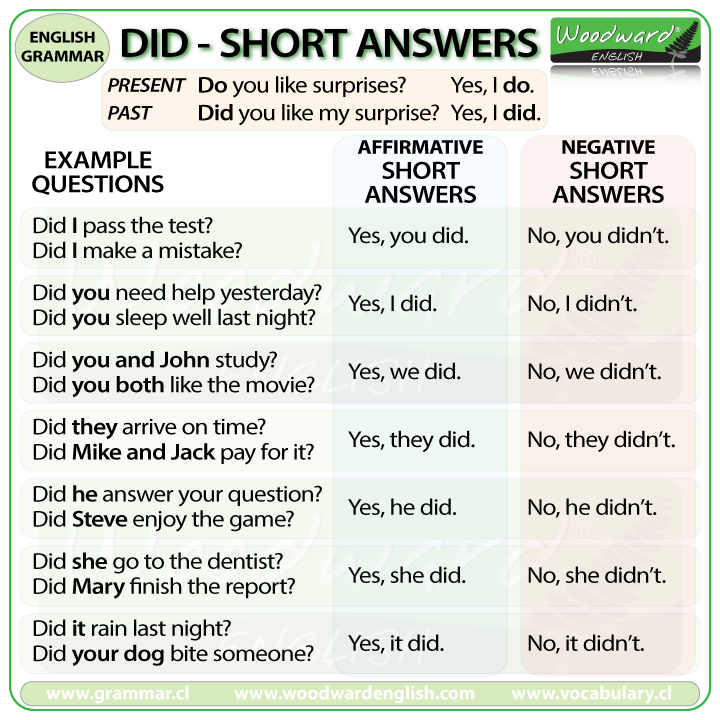 For each next year, 3% is added: for 21 years of service - 53%, for 22 years - 56%, etc., but not more than 85% of the allowance.
For each next year, 3% is added: for 21 years of service - 53%, for 22 years - 56%, etc., but not more than 85% of the allowance.
For military personnel with 12.5 years of service with a total length of service of 25 years, the pension will also be 50% of the monetary allowance, and only 1% will be added for each subsequent year of service. Theoretically, the military with such length of service can receive 100% of the monetary allowance, but only for 75 years of service.
The monthly payment, , which is indexed annually, is entitled to participants and disabled veterans of the Great Patriotic War and combat veterans. The maximum payment amount is 3088 R per month in addition to the pension. In 2022, taking into account indexation, the amount of payment for participants in the Great Patriotic War is 4746.29 R, for disabled veterans of the Great Patriotic War - 6328.41 R, for combat veterans - 3481.85 R.
Art. 23.1 of the Federal Law "On Veterans"
Increased military pension receive disabled people. How much it has increased is calculated as a percentage of the social pension. The amount of the social pension depends on the category of disabled citizens.
How much it has increased is calculated as a percentage of the social pension. The amount of the social pension depends on the category of disabled citizens.
Art. 16 of the law on pensions for persons who have completed military service
p. 1, art. 18 of the Federal Law "On state pension provision in the Russian Federation"
For example, a disabled person of the first group is entitled to a social pension of 11,212.36 R. If he was injured in military service, the pension will be increased three times:
11,212 R × 300% \u003d 33 636 R
| Disability group | For military personnel injured on duty | For military personnel with a disease, industrial injury, as well as for participants in the Great Patriotic War | For those awarded with the badge "Inhabitant of besieged Leningrad" |
|---|---|---|---|
| First | 300% | 250% | 200% |
| Second | 250% | 200% | 150% |
| Third | 175% | 150% | 100% |
The first disability group
for military injuries in the service of
300%
for the military with illness, labor injury, as well as for participants of the Second World War
250%
for a resident of the Blockade Leningrad Leningrad sign »
200%
Second disability group
For the military who injured in the service of
250%
for the military with a disease, labor injury, as well as for participants of the Second World War
200%
for a resident of the Blockade Leningrad sign
9000,150%The third group of disability
For the military who were injured in the service
175%
0002 For those awarded with the sign "Inhabitant of besieged Leningrad"
100%
Disability pension is awarded regardless of the length of service. It is required if the military received a disability during the service or within three months after the dismissal. Disability must be the result of an illness or injury that the military received in the service.
It is required if the military received a disability during the service or within three months after the dismissal. Disability must be the result of an illness or injury that the military received in the service.
p. 2 art. 8 of the Federal Law "On State Pension Provision in the Russian Federation"
Disability is established by a medical and social examination or a military medical commission of the military district where the service takes place.
The amount of the pension depends on the disability group and the reasons for the disability. For conscripts, it is calculated as a percentage of the social pension.
Art. 15 Federal Law "On state pension provision in the Russian Federation"
| Disability group | Amount of pension due to military injury | Amount of pension due to illness received during service |
|---|---|---|
| First | 300% | 250% |
| Second | 250% | 200% |
| Third | 175% | 150% |
The first disability group
Due to the military injury
300%
Pension size due to the disease received during the service of
250% 9000%
The second disability group 9000 9000 9000 due to war injury
250%
The size of the pension due to the disease received during the service of
200%
Third disability group
Pension size due to military injury
175%
Pension size due received during service
150%
For example, for disabled people of the second group, the social pension is 5606.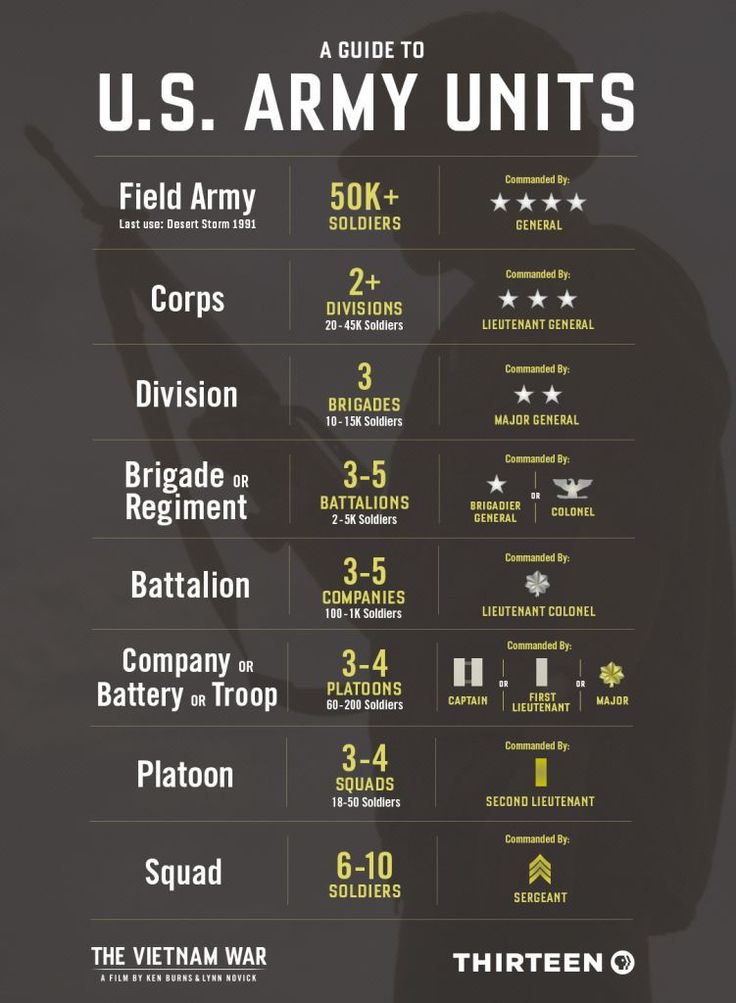 15 R. For military personnel with a disability of the second group received due to a military injury, the pension will be calculated as follows:
15 R. For military personnel with a disability of the second group received due to a military injury, the pension will be calculated as follows:
5606 Р × 250% = 14 015 Р
For officers, ensigns, midshipmen and contractors, employees of law enforcement agencies, the disability pension is calculated as a percentage of the monetary allowance.
Art. 22 laws on pensions for persons who have completed military service
| Disability group | Amount of pension due to military injury | Amount of pension due to illness received during service |
|---|---|---|
| First | 85% | 75% |
| Second | 85% | 75% |
| Third | 50% | 40% |
The first disability group
The size of the pension due to military trauma
85%
Pension size due to the disease received during the service of
75%
The second disability group
Pension size due to military injury
85%
Pension size due to the disease received during the service of
75%
Third disability group
Pension size due to military injury
50 %
The amount of the pension due to an illness received during service
40%
For example, a contractor receives a monetary allowance of 25,000 R. If he receives a disability of the second group due to a military injury, his disability pension will be calculated as follows:
If he receives a disability of the second group due to a military injury, his disability pension will be calculated as follows:
25,000 R × 85% = 21,250 R
Disability is established for a certain period, which is indicated in the certificate of the medical and social examination. When the deadline has passed, the military must undergo a re-examination to confirm the disability.
If the military misses the deadline, the payment of the disability pension may be suspended. If this happened for a good reason, for example, if the state of health worsened, then after re-examination, the pensioner will receive payments for the entire overdue period. If there was no good reason, the pension will continue to be paid when the pensioner confirms the disability.
Re-examination is not carried out if disability is established indefinitely, and also upon reaching 65 years for men, 60 years for women.
It happens that the state of health has changed. Then, at the personal request of the disabled person, his legal representative or in the medical direction, a re-examination is carried out. If the disability group is changed, the amount of the pension also changes.
If the disability group is changed, the amount of the pension also changes.
If a serviceman dies or goes missing, each disabled member of his family is assigned a survivor's pension. In this case, the pension is due:
st. 29 of the law on pensions for persons who have completed military service
The loss of a breadwinner is considered:

st. 28 of the law on pensions for persons who have completed military service
The amount of the pension depends on the cause of death of the breadwinner. If the military served under a contract, then a pension is given to each disabled family member as a percentage of the breadwinner's allowance. 50% of the military allowance will be assigned to the following categories of citizens:
st. 36 of the law on pensions for persons who have completed military service
If a soldier dies due to an illness received during the period of service, his family will be paid 40% of the military allowance.
If the military served on conscription, the pension will be calculated as a percentage of the social pension. It will be paid to each disabled family member in an amount that depends on the cause of death of the conscript:
item 4 of Art. 15 of the Federal Law "On state pension provision in the Russian Federation"
If family members lose their right to a pension, then payments will be reduced or stopped. For example, if the children of the deceased study full-time at a university, they are entitled to a pension up to 23 years. They will stop receiving their pension the next month after they turn 23.
If a military man, after being discharged from service, works as a civilian, he has the right to a second pension - an insurance one. At the same time, the work must be official - if the employer does not deduct pension contributions, there will be no right to an insurance pension.
About the second pension for military personnel
You can check how many contributions were paid to the Pension Fund of the Russian Federation in your personal account in the section "On the formed pension rights" or in the pension fund or MFC - you will need a passport and SNILS. You can register in the compulsory pension insurance system at the territorial pension fund or the MFC. You need to come there with a passport and fill out a questionnaire. You can also log in to the PFR website through the public services website if you are already registered there.
/guide/skolko-pensiya/
How to calculate the old-age pension
Click on the “Login” button in the upper right part of the screen After you are asked to log in through the public services website When you log in to public services, you will be asked to check whether your profile is filled out correctly . Change the details if required To receive a military pension and an insurance pension at the same time, you must meet the following requirements.
Age. Reaching the age of 61.5 years for men and 56.5 years for women, taking into account the length of service — for example, if a pensioner worked in the Far North or in difficult working conditions. Age is determined taking into account the transition period.
In Russia, there is a gradual increase in the retirement age. A transitional period has been introduced for these changes, which will be 10 years and end in 2028. As a result, the retirement age will be raised by 5 years and set at 60 for women and 65 for men. In the first half of 2022, the retirement age for women is 56.5 years, for men - 61.5 years. In the second half of 2022, only those who received this right earlier, but did not use it, will retire.
Annexes 5 and 6 to Law No. 350-FZ
Raising the retirement age
Civil service. The length of service for the insurance pension does not include periods of service in the army or work that are taken into account when calculating the military pension. In 2022, the minimum work experience is 13 years. It increases by 1 year each year until it reaches 15 years in 2024.
In 2022, the minimum work experience is 13 years. It increases by 1 year each year until it reaches 15 years in 2024.
Number of pension points. The minimum score in 2022 is 23.4. Their number will increase annually until 2025. By 2025, the minimum number of points will be 30. To check your points, you can contact the territorial pension fund with a passport and SNILS or in your personal account on the PFR website.
When you enter the compulsory pension insurance system, on the main page you can see how many pension points you haveThe formula for calculating the second pension is as follows:
Accumulated pension points × Value of one point
Calculate the amount of the second pension a point costs 107.36 R, the amount is indexed annually.
Usually a fixed payment is added to the insurance pension, but it is not paid to military pensioners.
What to do? 30.09.19
How to buy more pension points?
There are allowances for seniority and disability pensions. They are calculated as a percentage of the social pension.
They are calculated as a percentage of the social pension.
Art. 17 of the law on pensions for persons who have completed military service
When calculating a pension for the military, various payments are taken into account: allowances, increases and increases. These three terms are often confused, but they mean different things:
Do not confuse.
The allowance is due:
 If one is disabled - 32%, two - 64%, three or more - 100%.
If one is disabled - 32%, two - 64%, three or more - 100%. For example, a disabled person of the first group will receive an allowance of 11,212 R - this is 100% of the social pension for this category.
Clause 2.1 Art. 18 Federal Law "On state pension provision in the Russian Federation"
There are other allowances: for long service, work with the state secret service, service in special conditions, etc. If a military man receives other income than a military pension, then allowances for dependents and disability are not paid.
Art. 2 of the Federal Law "On State Pensions in the Russian Federation"
Military pensions are increased for services to the country. For Heroes of the Soviet Union and the Russian Federation, holders of the Order of Glory of three degrees, the pension is increased by 100%, for Heroes of Labor - by 50%.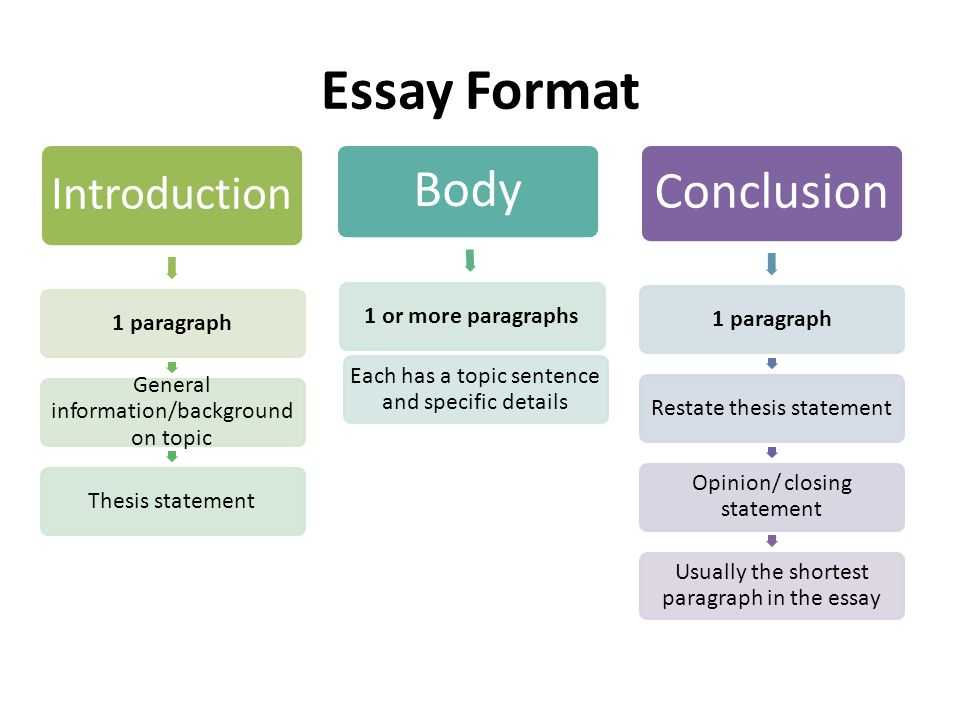 The pension is increased by a multiple of the number of awards: for example, twice the Hero of the Russian Federation receives an additional 200% to the pension.
The pension is increased by a multiple of the number of awards: for example, twice the Hero of the Russian Federation receives an additional 200% to the pension.
Art. 45 of the law on pensions for persons who have completed military service
Champions of the Olympic, Paralympic and Deaflympics receive 50% of the pension. For awards with orders of Labor Glory of three degrees or "For Service to the Motherland in the Armed Forces of the USSR" - 15%.
The Deaflympics are games for people with hearing impairments
Social pension increases are received by:
All of them receive an increase of 32% in relation to the social pension. Those who served or worked during the Second World War for at least 6 months, as well as those who were unreasonably convicted and rehabilitated, receive an increase of 16%.
To calculate a military pension, you need to calculate the military allowance. To do this, you need to add salaries by position and rank with other payments. Then the allowance is multiplied by the reduction factor, the length of service and the district coefficient.
Law No. 460-FZ of December 11, 2018
After the pension is granted, the coefficient is increased by 2% annually until it reaches 100%. The state reserved the right to increase it by more than 2% if the inflation rate is high.
For WWII veterans, the reduction coefficient has been canceled since May 2019 - when calculating the pension for them, 100% of the monetary allowance is taken into account.
Monetary allowance consists of several parts:
st. 2 of the Federal Law on the monetary allowance of military personnel
Salaries by position
Salaries by rank
District coefficients. In some districts, coefficients for monetary allowance have been established. They are used if a pensioner lives in climatic, ecological and natural conditions that require additional costs - for example, in the Far North.
Amounts of district coefficients
A pension based on the district coefficient is received by military pensioners who:
st. 48 of the law on pensions for persons who have completed military service
The maximum value of the coefficient is 1.5. For example, in the Chukotka Autonomous Okrug, the coefficient is 2, but due to restrictions, it will be reduced to 1.5.
The length of service is calculated as follows: 50% is given for the first 20 years of service, and then 3% is added for each subsequent year. For example, after 21 years of service, the length of service will be 53%, after 22 years - 56%, etc.
As a result, the following formula is obtained:
(Position salary + Military rank salary + Other payments) × Reducing factor × Length of service × Regional coefficient = Military pension
An example of calculating pension for a lieutenant colonel in the position of battalion commander with a length of service of 22 years. By military rank, a lieutenant colonel is entitled to a salary of 12,480 R. He has the position of a battalion commander - for a position of 18th category, a salary of 24960 R. For 22 years of service, the lieutenant colonel will receive an allowance of 30% of the amount of salaries by position and rank:
By military rank, a lieutenant colonel is entitled to a salary of 12,480 R. He has the position of a battalion commander - for a position of 18th category, a salary of 24960 R. For 22 years of service, the lieutenant colonel will receive an allowance of 30% of the amount of salaries by position and rank:
(24 960 + 12 480) × 30% = 11 232 R
This is what pension our lieutenant colonel will receive from October 1, 2019 - with a decreasing coefficient of 73.68%:
(24,960 R + 12,480 R + 11,232 R) × 73.68% × 56% × 1 = 20,082 R
To receive a pension according to the length of service, , you need to submit documents to the pension authority of the law enforcement agency in which the military served: the Ministry of Defense, the Ministry of Internal Affairs, the Federal Penitentiary Service or the FSB. Documents can be submitted in person or sent by mail. You will need:

The application for the appointment of a pension
Order of the Ministry of Defense dated 05/23/1999 No. 225
Sample of the calculation of length of service
for a disability pension to this list will be added:

For the survivor's pension , the following will be added to the list:
Together with the application, documents are submitted to increase payments and allowances - for example, documents confirming the special conditions of military service.
To assign a second pension , an application is submitted to the territorial pension fund. Here's what to bring there:
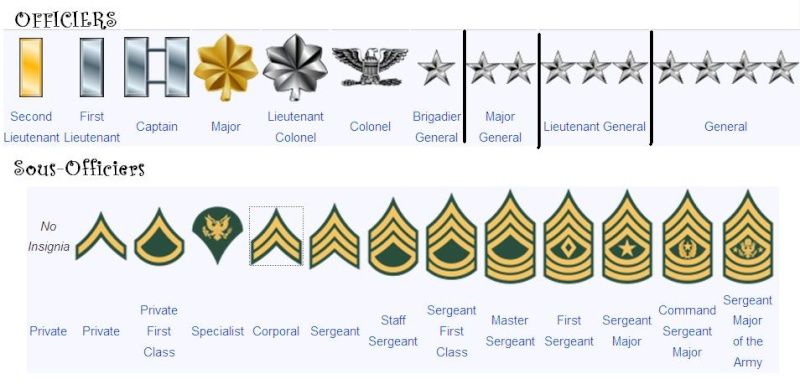
Documents for a second pension
Sample application for granting a pensionPension departments in state structures are responsible for calculating and paying military pensions - for example, the pension department in the military registration and enlistment office at the place of registration. The payment of a pension does not depend on other income.
Art. 56 of the law on pension provision for persons who have completed military service - the procedure and terms for paying a military pension
A military pension is received for the current month to an account with Sberbank or at a convenient branch of the Russian Post in person or by proxy. Payment terms are determined by agreement between the pension authority, the bank and the post office.
Military pension is withheld on the basis of court decisions. No more than 50% of the pension can be withheld.
Art.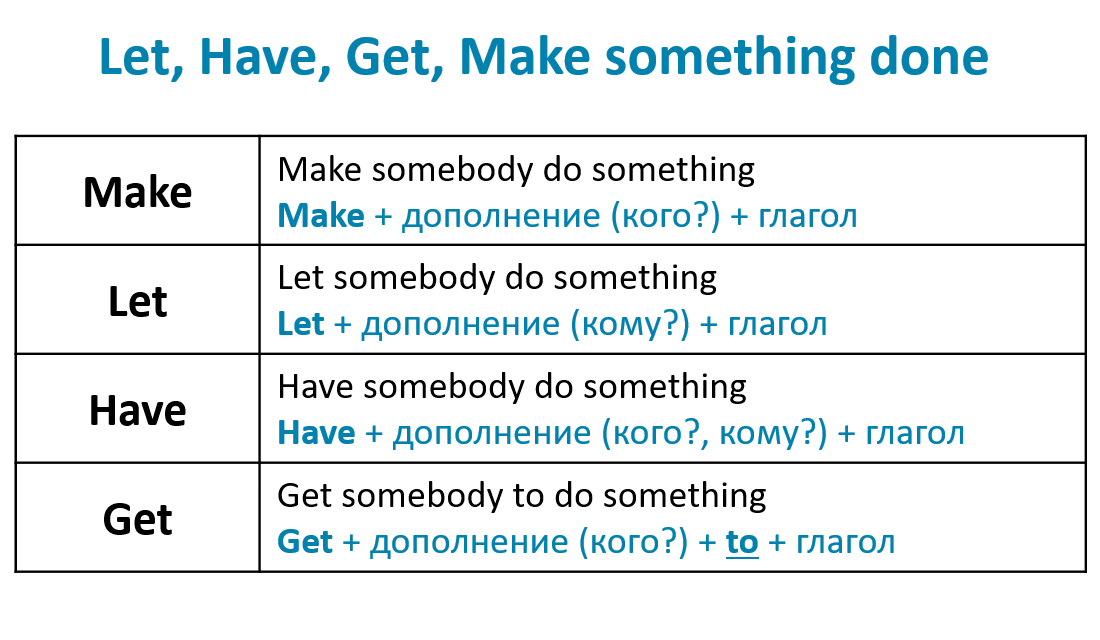 62 of the law on pensions for persons who have completed military service
62 of the law on pensions for persons who have completed military service
Most often, alimony is withheld. They are kept from regular payments: from military and insurance pensions, from salaries and from business income. For one child - a quarter of the income, for two - a third, for three or more - half. At the same time, some payments are not taken into account when collecting alimony - for example, payments in connection with a military injury.
Federal Law "On Enforcement Proceedings"
The state annually indexes the cost of one point - in 2022, a point costs 107.36 R. In 2022, pensions for working pensioners will not be indexed. An indexed pension will be accrued to a pensioner only after dismissal.
From March 1, 2022, military pensions were indexed by 8.6% and recalculated from January 1, 2022.
Law No. 460-FZ dated December 11, 2018
And from October 1, 2022, the reduction coefficient will increase to 77.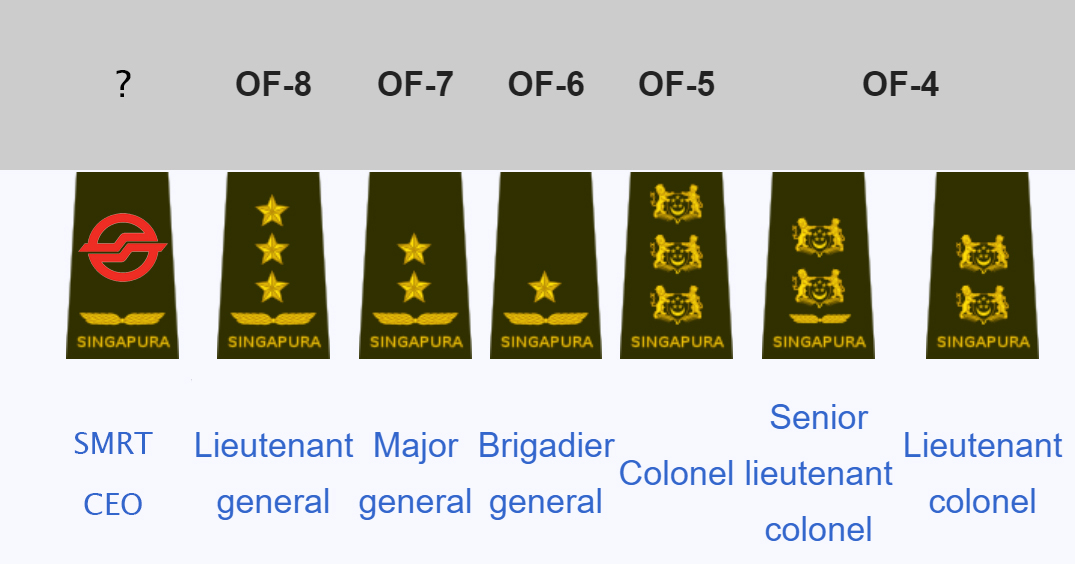 41% of the monetary allowance.
41% of the monetary allowance.
Government Decree No. 1466 of December 1, 2018
Military pensions are paid to the card of the Mir national payment system.
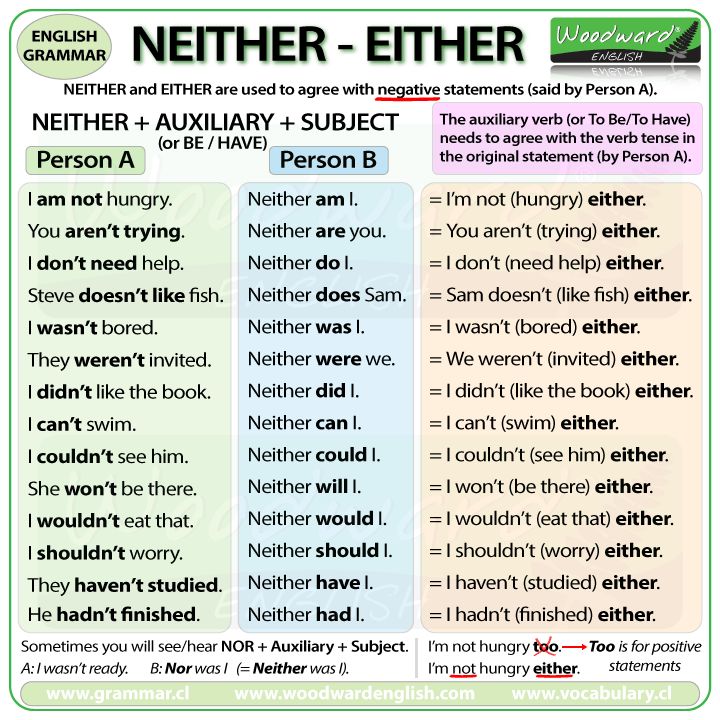
A selection of the most important documents upon request Payments upon the death of a military pensioner (legal acts, forms, articles, expert advice and much more).
Register and get trial access
to the ConsultantPlus system for free for 2 days
Situation: To whom and how is the pension and additional payments to it after the death of a pensioner paid?
("Electronic journal "Azbuka Prava", 2023) In the event of the death of a military pensioner, the receipt of a pension not paid to him occurs differently.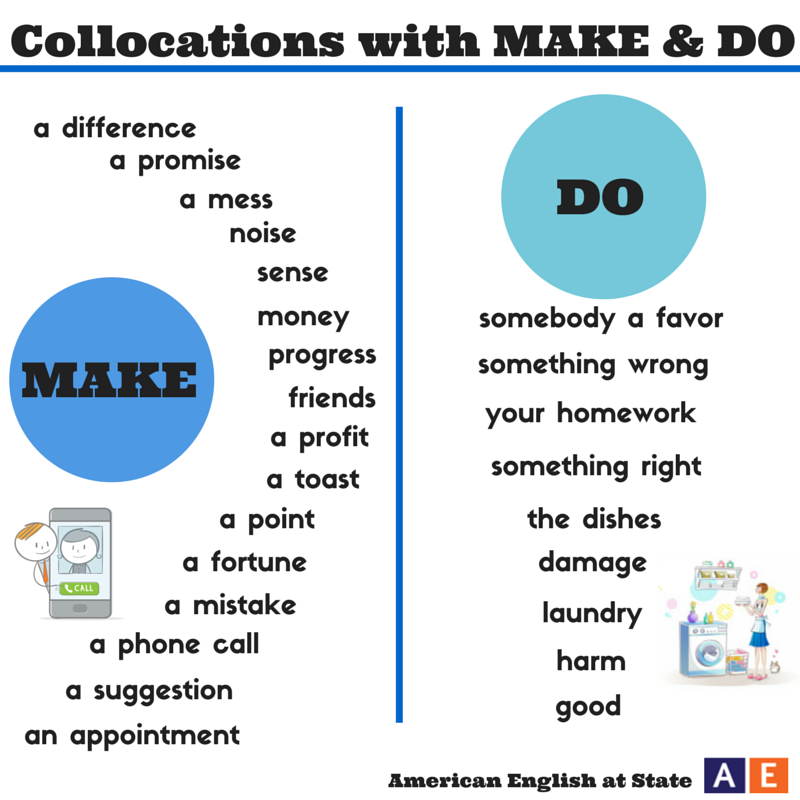 It is issued to family members of the deceased, if they buried him, without being included in the inheritance. To receive a pension, you need to contact the department, In other cases, the amount of the pension is paid to the heirs on a general basis (Articles 50, 63 of the Law of 12.02.1993 N 4468-1).
It is issued to family members of the deceased, if they buried him, without being included in the inheritance. To receive a pension, you need to contact the department, In other cases, the amount of the pension is paid to the heirs on a general basis (Articles 50, 63 of the Law of 12.02.1993 N 4468-1).
Register and get trial access
to the ConsultantPlus system for free for 2 days
Article: Dispute about the obligation to assign (recalculate) a state pension in case of loss of a breadwinner (based on the judicial practice of the Moscow City Court)
("Electronic journal "Assistant lawyer", 2023) According to Article 28 of the Law of the Russian Federation of February 12, 1993 N 4468-1 "On pensions for persons who have served in the military, served in the internal affairs bodies, the State Fire Service, bodies for controlling the circulation of narcotic drugs and psychotropic substances, institutions and bodies of the penitentiary system, the Federal Service of the National Guard Troops of the Russian Federation, the enforcement agencies of the Russian Federation, and their families" (hereinafter - the Law of the Russian Federation of 12.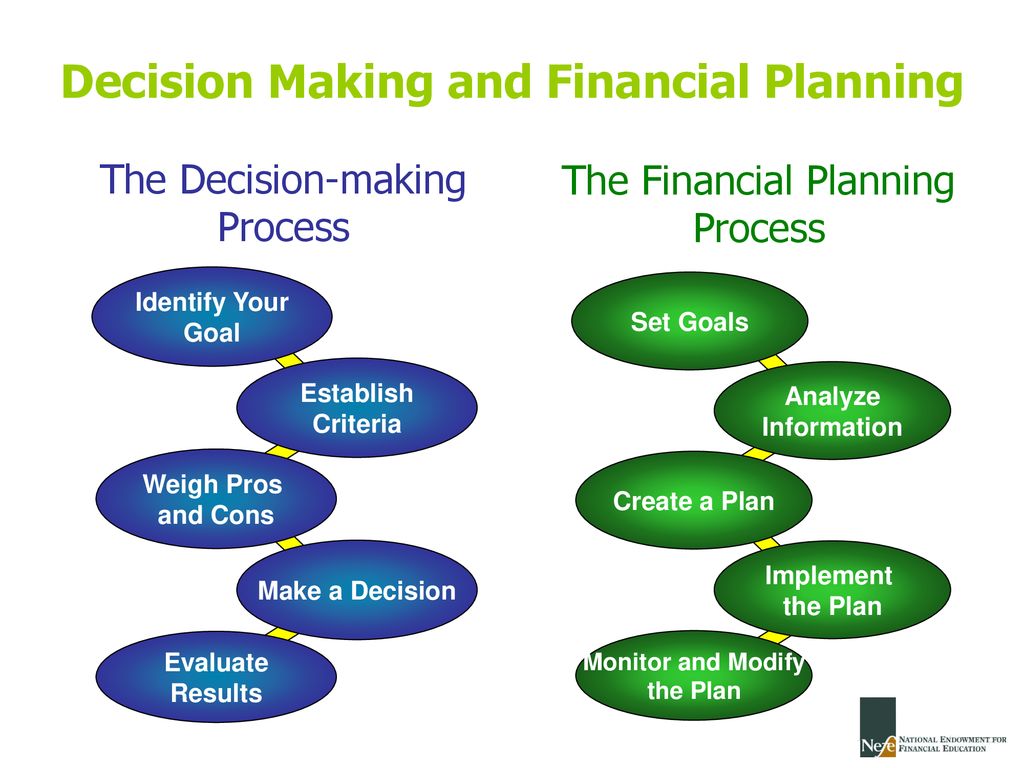 02.1993 N 4468-1) survivor's pension to the families of persons specified in art. 1 of the Law of the Russian Federation of February 12, 1993 N 4468-1, is appointed if the breadwinner died (died) during the service or no later than three months from the date of dismissal from service or later, but due to injury, concussion, injury or illness received during the period of service, and to the families of pensioners from among these persons - if the breadwinner died during the period of receiving a pension or no later than five years after the termination of payment of his pension. At the same time, the families of former military personnel who died during their stay in captivity (subject to the conditions specified in part 1 of article 18 of the Law of the Russian Federation of 12.02.1993 N 4468-1), and the families of servicemen who went missing during the hostilities are equated to the families of those who died at the front.
02.1993 N 4468-1) survivor's pension to the families of persons specified in art. 1 of the Law of the Russian Federation of February 12, 1993 N 4468-1, is appointed if the breadwinner died (died) during the service or no later than three months from the date of dismissal from service or later, but due to injury, concussion, injury or illness received during the period of service, and to the families of pensioners from among these persons - if the breadwinner died during the period of receiving a pension or no later than five years after the termination of payment of his pension. At the same time, the families of former military personnel who died during their stay in captivity (subject to the conditions specified in part 1 of article 18 of the Law of the Russian Federation of 12.02.1993 N 4468-1), and the families of servicemen who went missing during the hostilities are equated to the families of those who died at the front.
Decree of the Government of the Russian Federation of August 2, 2005 N 475
(as amended on December 29, 2021)
"On the provision of compensation payments to family members of dead (deceased) military personnel and employees of some federal executive bodies in connection with expenses on payment for the use of residential premises, the maintenance of residential premises, the contribution for the overhaul of common property in an apartment building, utilities and other types of services "If there is no information in the Unified Information System about bank account details, consent to the use of which was given in order to obtain social protection measures (support) and social payments, and information about the account with a credit institution, which is used by the territorial body of the Pension Fund of the Russian Federation to credit family members of the dead (deceased) military personnel with pensions and other social payments, the transfer of funds as compensation payments is carried out to the account h fief of the family of the dead (deceased) serviceman in the credit institution indicated in the application.